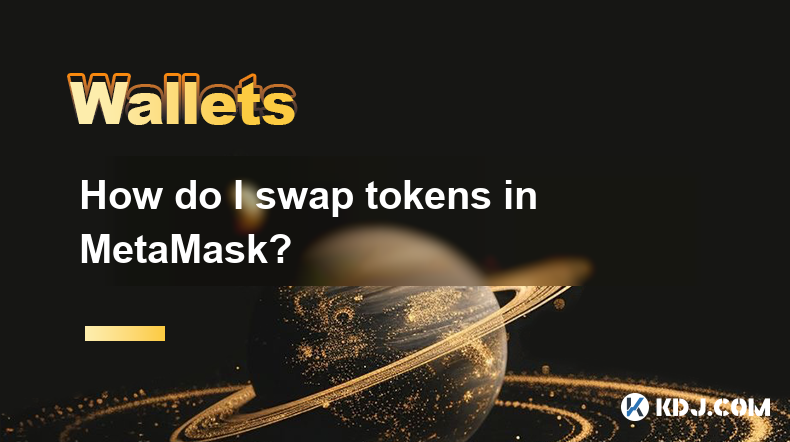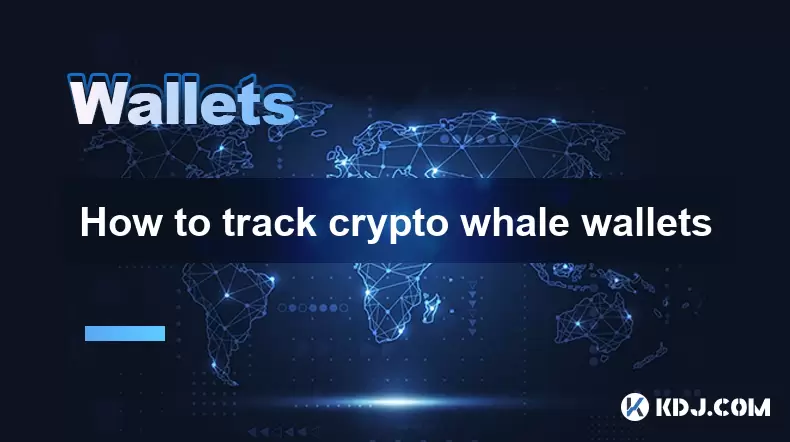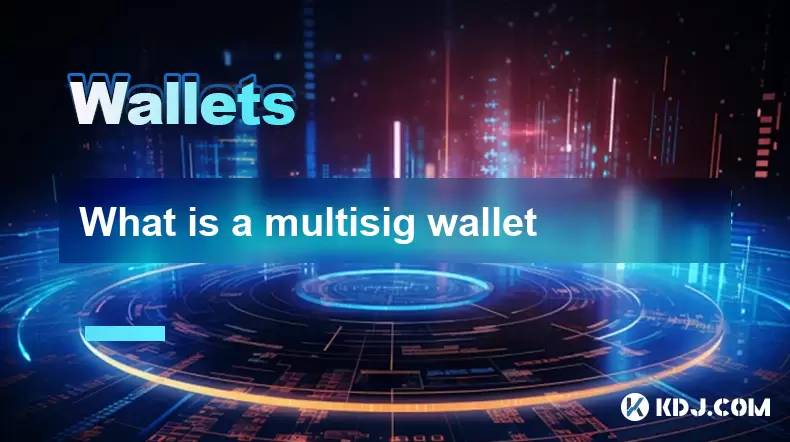-
 Bitcoin
Bitcoin $118,209.3536
1.16% -
 Ethereum
Ethereum $3,151.7546
5.98% -
 XRP
XRP $2.9277
2.35% -
 Tether USDt
Tether USDt $1.0000
0.00% -
 BNB
BNB $689.7099
1.26% -
 Solana
Solana $163.4270
1.91% -
 USDC
USDC $1.0000
0.02% -
 Dogecoin
Dogecoin $0.1983
3.74% -
 TRON
TRON $0.3008
0.51% -
 Cardano
Cardano $0.7435
2.86% -
 Hyperliquid
Hyperliquid $47.6547
-0.48% -
 Stellar
Stellar $0.4625
2.79% -
 Sui
Sui $3.9921
2.71% -
 Chainlink
Chainlink $16.0608
4.23% -
 Hedera
Hedera $0.2348
1.56% -
 Bitcoin Cash
Bitcoin Cash $496.6985
1.25% -
 Avalanche
Avalanche $21.9038
5.41% -
 UNUS SED LEO
UNUS SED LEO $8.8356
-1.88% -
 Shiba Inu
Shiba Inu $0.0...01364
5.31% -
 Toncoin
Toncoin $3.1102
4.35% -
 Litecoin
Litecoin $95.9756
3.59% -
 Polkadot
Polkadot $4.0925
5.78% -
 Monero
Monero $333.7622
-1.44% -
 Uniswap
Uniswap $9.1968
2.25% -
 Bitget Token
Bitget Token $4.6378
6.23% -
 Pepe
Pepe $0.0...01282
6.77% -
 Dai
Dai $1.0002
0.03% -
 Ethena USDe
Ethena USDe $1.0005
0.00% -
 Aave
Aave $329.9143
4.49% -
 Bittensor
Bittensor $441.4995
6.89%
How do I swap tokens in MetaMask?
Swapping tokens in MetaMask is easy and secure, using DEXs like Uniswap; ensure you have sufficient funds and are on the right network before starting.
Apr 13, 2025 at 02:28 pm

Swapping tokens in MetaMask is a straightforward process that allows you to exchange one cryptocurrency for another directly within the wallet. This feature is particularly useful for users who want to trade tokens without leaving the safety of their wallet. In this guide, we will walk you through the steps to swap tokens in MetaMask, ensuring you understand each part of the process.
Understanding Token Swaps in MetaMask
Token swaps in MetaMask are facilitated through decentralized exchanges (DEXs) integrated into the wallet. This means you can exchange tokens without needing to go to a centralized exchange. The most commonly used DEX for MetaMask swaps is Uniswap, but other DEXs like SushiSwap and PancakeSwap may also be available depending on the network you are using.
Preparing for a Token Swap
Before you can swap tokens, ensure that you have the following ready:
- MetaMask wallet installed and set up: You need a MetaMask wallet to perform token swaps.
- Sufficient funds: You must have the token you want to swap in your wallet.
- Connected to the correct network: Make sure you are connected to the network where the tokens you want to swap are available (e.g., Ethereum Mainnet, BSC, etc.).
Steps to Swap Tokens in MetaMask
To swap tokens in MetaMask, follow these steps:
- Open MetaMask: Launch the MetaMask extension or app on your device.
- Navigate to the Swap feature: Click on the Swap button, usually found at the top of the wallet interface.
- Select the tokens to swap: In the Swap window, you will see two fields. The first field is for the token you want to swap from, and the second is for the token you want to swap to. Click on each field to select the respective tokens from your wallet or from the list of available tokens.
- Enter the amount to swap: Input the amount of the token you wish to swap. MetaMask will automatically calculate the amount of the second token you will receive based on the current market rates.
- Review the swap details: Check the Swap Summary section, which will show you the estimated amount you will receive, the network fee (gas fee), and the minimum amount you will receive after accounting for slippage.
- Confirm the swap: If everything looks correct, click on the Swap button to proceed. You will be prompted to confirm the transaction in a new window.
- Authorize the transaction: Review the transaction details one last time and click Confirm to authorize the swap. MetaMask will then send the transaction to the blockchain.
- Wait for the transaction to complete: The swap will be processed on the blockchain, and you will receive a notification once it is complete. You can also track the transaction progress in the Activity tab of your MetaMask wallet.
Understanding Swap Fees and Slippage
When swapping tokens, you need to be aware of two important factors: fees and slippage.
- Fees: Swaps on MetaMask involve network fees, also known as gas fees, which are paid to the miners for processing your transaction on the blockchain. These fees can vary based on network congestion.
- Slippage: Slippage is the difference between the expected price of a swap and the actual price at which the transaction is executed. It occurs due to changes in the market price between the time you initiate the swap and when it is processed. MetaMask allows you to set a slippage tolerance to help manage this risk.
Troubleshooting Common Issues
Sometimes, you might encounter issues while trying to swap tokens. Here are some common problems and their solutions:
- Insufficient liquidity: If the token you are trying to swap has low liquidity, you might not be able to complete the swap. In this case, try swapping a smaller amount or choose a different token pair.
- High gas fees: If the gas fees are too high, you might want to wait for a less congested time on the network or switch to a network with lower fees like Polygon.
- Transaction stuck: If your transaction is stuck, you can try speeding it up by increasing the gas fee or canceling it and starting over.
Ensuring Security During Token Swaps
Security is paramount when swapping tokens. Here are some tips to ensure your swaps are secure:
- Verify token addresses: Always double-check the token addresses you are swapping to ensure they are correct and not a phishing attempt.
- Use strong passwords: Protect your MetaMask wallet with a strong, unique password and enable two-factor authentication if available.
- Keep your software updated: Ensure that your MetaMask wallet and any browser you use are up to date to protect against vulnerabilities.
Frequently Asked Questions
Q: Can I swap tokens on different networks using MetaMask?
A: Yes, MetaMask supports token swaps on various networks like Ethereum, Binance Smart Chain (BSC), and Polygon. Ensure you are connected to the correct network before initiating a swap.
Q: How long does a token swap take in MetaMask?
A: The duration of a token swap depends on the blockchain's congestion and the network you are using. On Ethereum, it can take anywhere from a few seconds to several minutes.
Q: What should I do if I accidentally swap to the wrong token?
A: If you swap to the wrong token, you can try to swap it back to the original token or another token of your choice. Be aware that you might incur additional fees and slippage during this process.
Q: Can I swap any token in MetaMask?
A: You can swap any token that is supported by the DEXs integrated into MetaMask. However, not all tokens may be available for swapping due to liquidity or compatibility issues.
Disclaimer:info@kdj.com
The information provided is not trading advice. kdj.com does not assume any responsibility for any investments made based on the information provided in this article. Cryptocurrencies are highly volatile and it is highly recommended that you invest with caution after thorough research!
If you believe that the content used on this website infringes your copyright, please contact us immediately (info@kdj.com) and we will delete it promptly.
- Shytoshi Kusama's AI SHIB Whitepaper: Decoding the Future of Shiba Inu
- 2025-07-17 02:30:12
- SpacePay: Revolutionizing Crypto Payments for a 2025 World
- 2025-07-17 02:30:13
- Bitcoin, Crypto, and Rate Cut Hopes: A Bullish Brew for the Summer?
- 2025-07-17 00:30:12
- Dogecoin vs. Ruvi AI: Why Audited AI Tokens Are the Future
- 2025-07-17 00:50:12
- BlockDAG, No Vesting, Kas ATOM: Crypto Summer's Standout Story?
- 2025-07-17 01:10:13
- Crypto Spotlight: Unilabs Finance Shines Amid Cardano's Uncertainty
- 2025-07-17 00:50:12
Related knowledge

What is a hardware wallet's secure element
Jul 11,2025 at 10:14pm
What is a Hardware Wallet's Secure Element?A hardware wallet is one of the most secure ways to store cryptocurrencies. Unlike software wallets, which ...

How to track crypto whale wallets
Jul 16,2025 at 10:00am
What Are Crypto Whale Wallets?Crypto whale wallets refer to large cryptocurrency holdings controlled by individuals or entities that have the potentia...

What is the difference between a custodial and non-custodial wallet
Jul 13,2025 at 03:21am
Understanding Wallet Types in CryptocurrencyIn the world of cryptocurrency, digital wallets play a crucial role in managing and securing assets. A wal...

What is a multisig wallet
Jul 16,2025 at 01:42am
Understanding the Concept of a Multisig WalletA multisignature (multisig) wallet is a type of cryptocurrency wallet that requires more than one privat...

How to add a new network to MetaMask
Jul 11,2025 at 11:42pm
Understanding the Need to Add a New NetworkWhen using MetaMask, a popular Ethereum-based cryptocurrency wallet, users often need to interact with diff...

How to add Ethereum L2 networks like Arbitrum to Trezor
Jul 11,2025 at 12:36am
What Is Ethereum L2 and Why Add It to Trezor?Ethereum Layer 2 (L2) networks, such as Arbitrum, are scaling solutions designed to reduce congestion on ...

What is a hardware wallet's secure element
Jul 11,2025 at 10:14pm
What is a Hardware Wallet's Secure Element?A hardware wallet is one of the most secure ways to store cryptocurrencies. Unlike software wallets, which ...

How to track crypto whale wallets
Jul 16,2025 at 10:00am
What Are Crypto Whale Wallets?Crypto whale wallets refer to large cryptocurrency holdings controlled by individuals or entities that have the potentia...

What is the difference between a custodial and non-custodial wallet
Jul 13,2025 at 03:21am
Understanding Wallet Types in CryptocurrencyIn the world of cryptocurrency, digital wallets play a crucial role in managing and securing assets. A wal...

What is a multisig wallet
Jul 16,2025 at 01:42am
Understanding the Concept of a Multisig WalletA multisignature (multisig) wallet is a type of cryptocurrency wallet that requires more than one privat...

How to add a new network to MetaMask
Jul 11,2025 at 11:42pm
Understanding the Need to Add a New NetworkWhen using MetaMask, a popular Ethereum-based cryptocurrency wallet, users often need to interact with diff...

How to add Ethereum L2 networks like Arbitrum to Trezor
Jul 11,2025 at 12:36am
What Is Ethereum L2 and Why Add It to Trezor?Ethereum Layer 2 (L2) networks, such as Arbitrum, are scaling solutions designed to reduce congestion on ...
See all articles
























































































